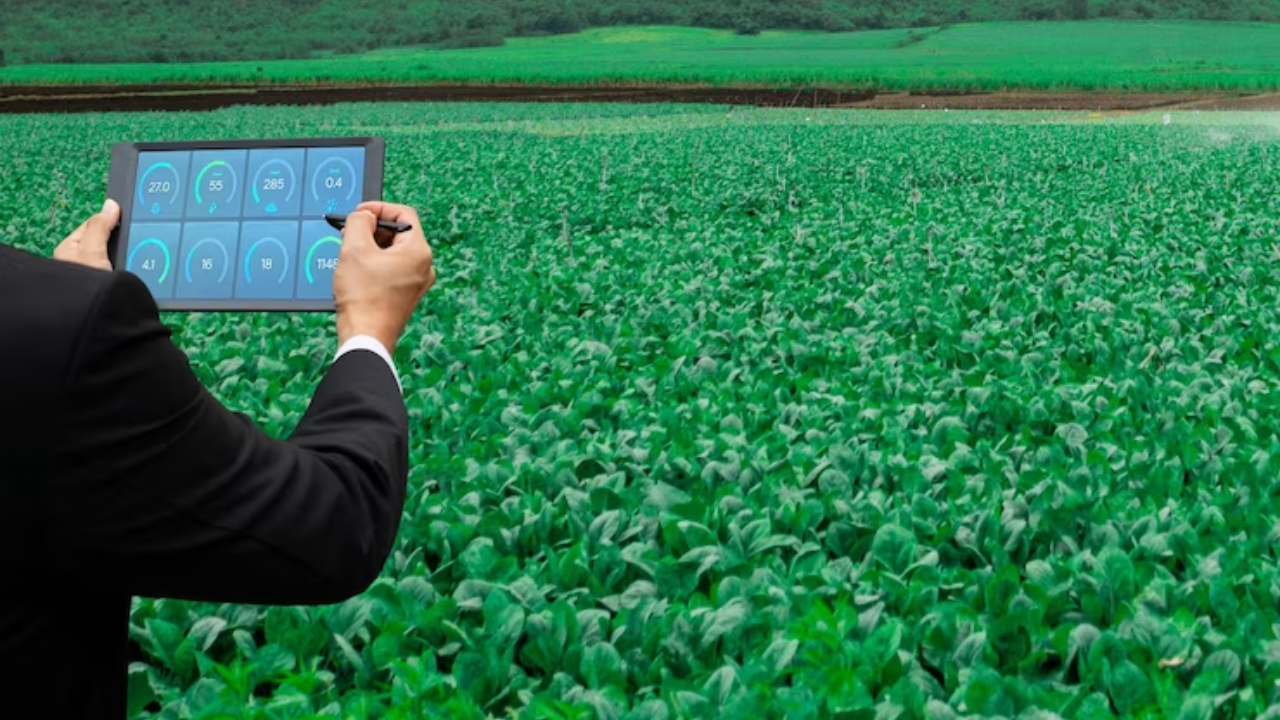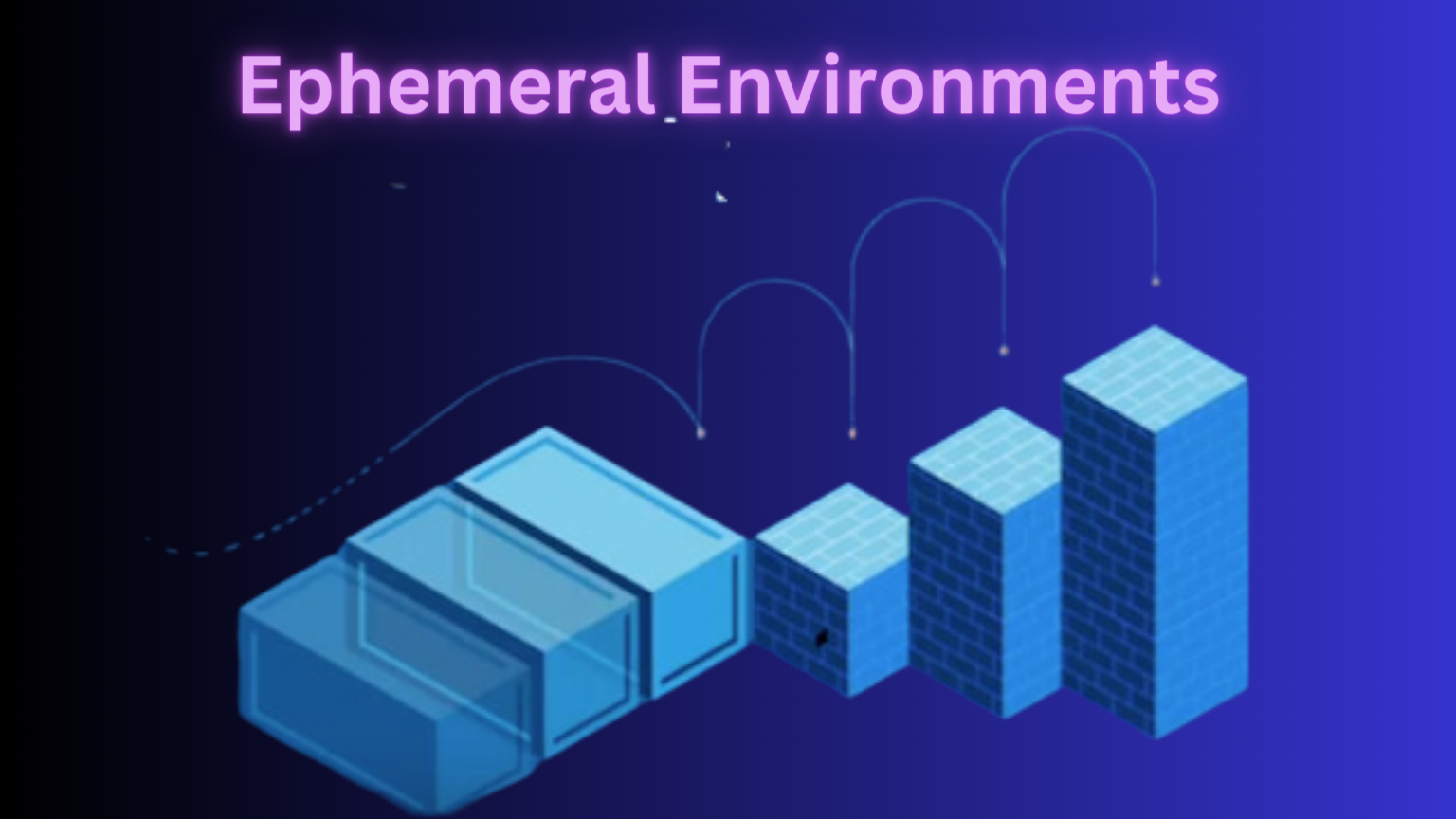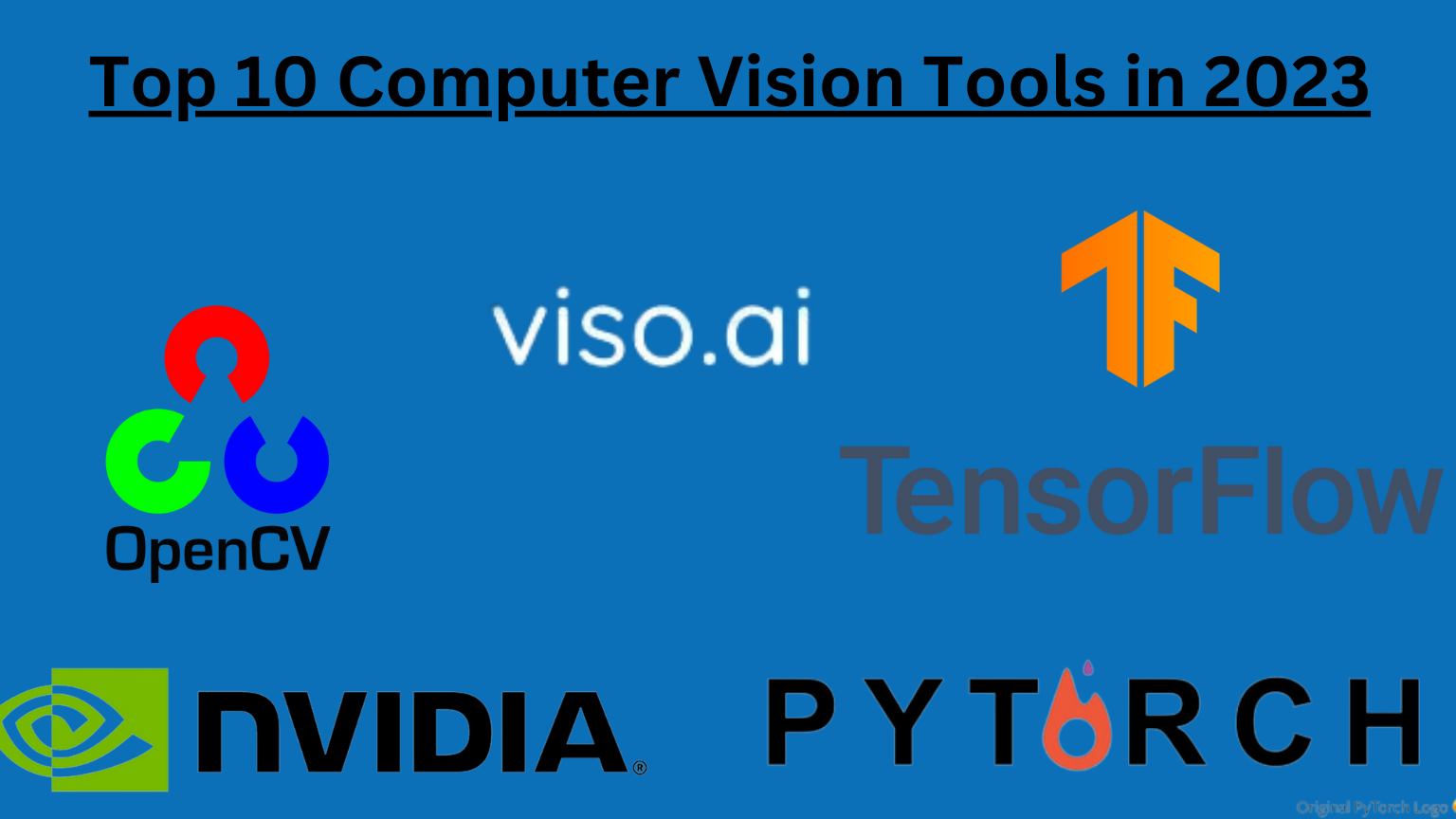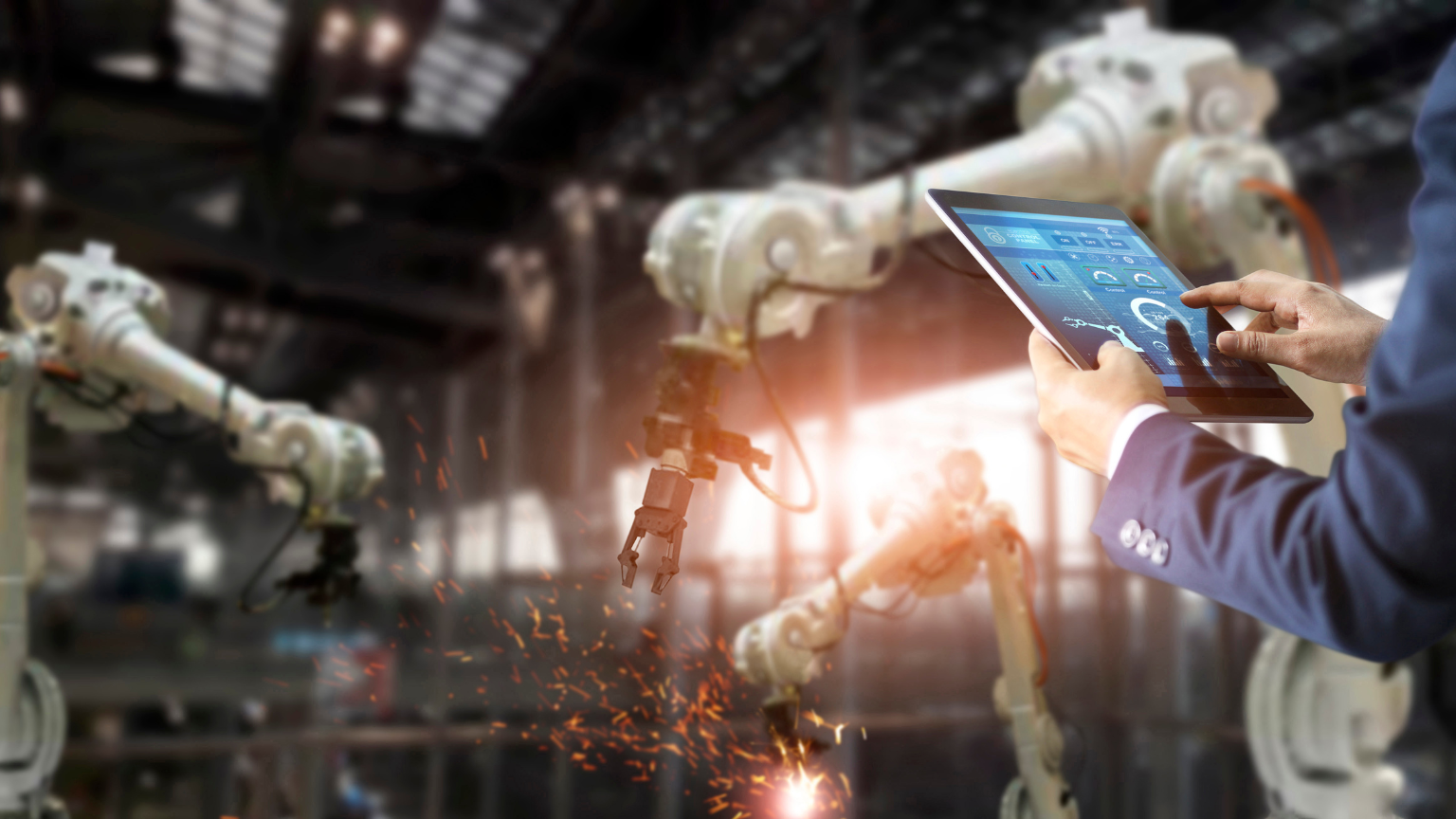Computer vision is a rapidly growing field of artificial intelligence that has the potential to revolutionize the manufacturing industry.
By using cameras and sensors to capture and analyze visual data, Computer Vision in Production manufacturing, and some of the challenges that must be addressed to fully realize its potential.
Stages of Software Development: A Comprehensive Guide
What is Computer Vision in Production?
Computer vision is a subfield of artificial intelligence that focuses on enabling machines to interpret and understand visual data from the world around them. This can include images, videos, and other types of visual information.
By using algorithms and machine learning techniques, computer vision systems can analyze and interpret this data to identify patterns, objects, and other features of interest.
How it Helps in Production?
Computer vision has a wide range of potential applications in the manufacturing industry. Here are some of the key ways that this technology can help improve production processes:
1: Quality Control:
Computer vision systems can be used to automatically inspect products for defects, ensuring that only high-quality items are shipped to customers.
2: Process Optimization:
By analyzing visual data from production lines, computer vision systems can identify areas where processes can be optimized to improve efficiency and reduce waste.
3: Predictive Maintenance:
Computer vision systems can be used to monitor equipment and identify potential issues before they cause downtime or other problems.
4: Safety:
Computer vision systems can be used to monitor workers and identify potential safety hazards, helping to prevent accidents and injuries.
The Future of Computer Vision in Production
As computer vision technology continues to evolve, its potential applications in the manufacturing industry will only continue to grow. Here are some of the key trends that are likely to shape the future of computer vision in production:
1: Increased Automation:
As computer vision systems become more advanced, they will be able to take on increasingly complex tasks, enabling greater levels of automation in manufacturing.
2: Real-Time Analytics:
By analyzing visual data in real-time, computer vision systems will be able to provide manufacturers with instant insights into their production processes, enabling them to make faster and more informed decisions.
3: Integration with Other Technologies:
Computer vision systems will likely be integrated with other technologies such as robotics, IoT sensors, and AI-powered analytics tools to create more comprehensive and effective production systems.
Computer Vision in Production – Some Challenges
While computer vision has the potential to transform the manufacturing industry, there are also some challenges that must be addressed to fully realize its potential. Here are some of the key challenges that must be addressed:
1: Data Quality:
Computer vision systems rely on high-quality data to function effectively. This means that manufacturers must ensure that their cameras and sensors are properly calibrated and that the data they collect is accurate and reliable.
2: Cost:
Implementing computer vision systems can be expensive, particularly for smaller manufacturers. This means that there may be a significant upfront investment required to adopt this technology.
3: Privacy and Security:
As computer vision systems collect and analyze large amounts of visual data, there are concerns around privacy and security. Manufacturers must ensure that they have appropriate measures in place to protect sensitive data and prevent unauthorized access.
4: Integration with Existing Systems:
Integrating computer vision systems with existing production systems can be challenging, particularly if those systems are outdated or not designed to work with this technology.
Continuous Delivery vs Deployment: Which is Best for Your Software Development Process?
How Does Computer Vision Technology Compare to Traditional Manufacturing?
Computer vision technology has the potential to be more cost-effective and effective than traditional manufacturing methods in certain applications. While there may be an upfront investment required to implement computer vision systems, these systems can help reduce costs and improve efficiency in the long run.
For example, computer vision systems can help automate quality control processes, reducing the need for manual inspections and potentially reducing the number of defective products that are produced.
This can help save time and money while also improving product quality. In terms of effectiveness, computer vision systems can be more accurate and consistent than human workers in certain applications. For example, computer vision systems can be used to inspect products for defects at a much faster rate than human workers, and they can do so with a higher level of accuracy.
Additionally, computer vision systems can be used to monitor production processes in real-time, enabling manufacturers to identify and address issues as they arise. This can help improve overall efficiency and reduce waste.
Final Thoughts!
Computer vision has the potential to transform the manufacturing industry by enabling greater levels of automation, improving quality control, and enhancing safety. While there are certainly challenges that must be addressed to fully realize its potential, the benefits of this technology are clear.
As computer vision systems continue to evolve and become more advanced, we can expect to see even more innovative applications of this technology in the years to come. By staying up-to-date with the latest developments in computer vision and working to overcome the challenges associated with this technology, manufacturers can position themselves for success in the future.

















